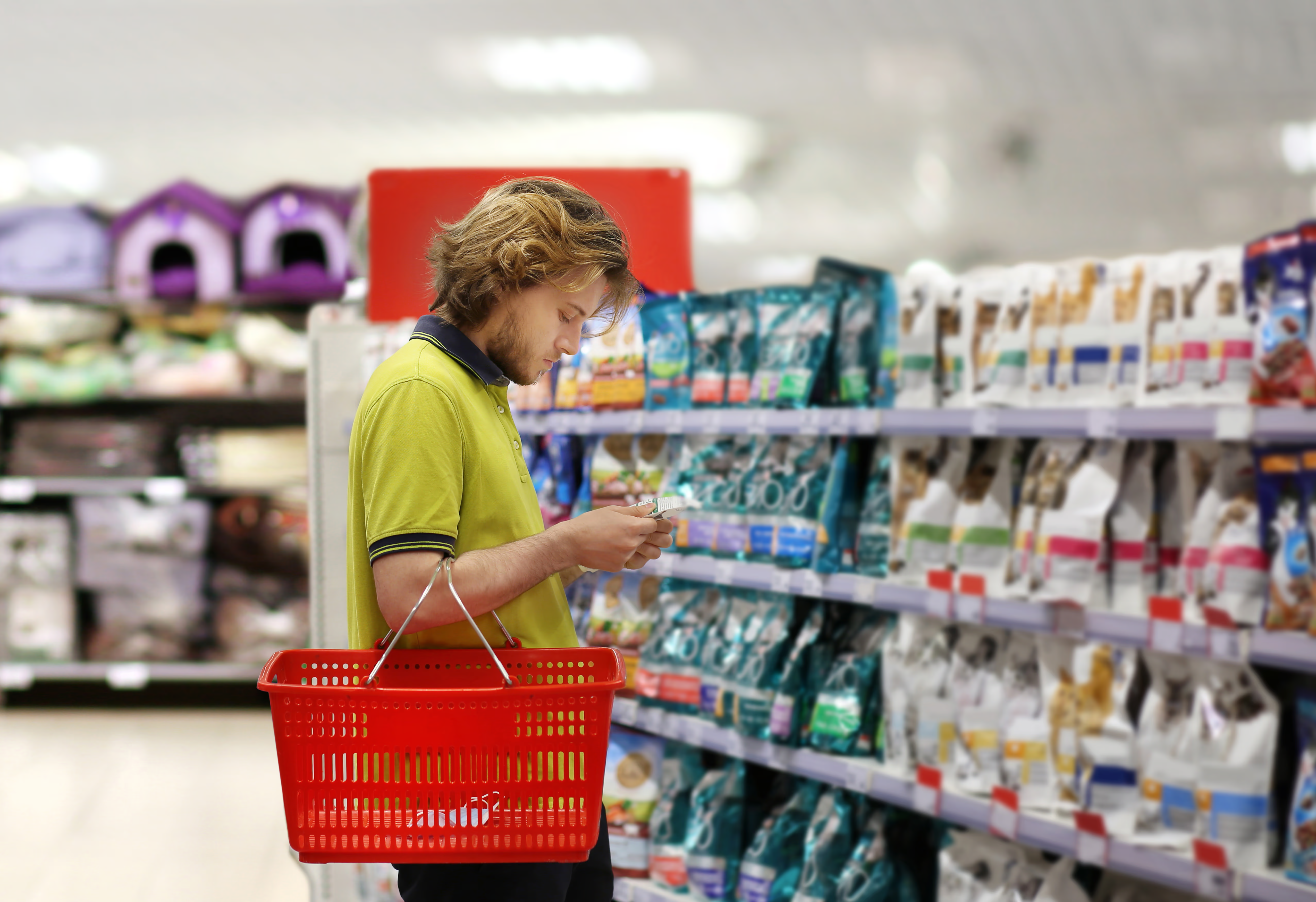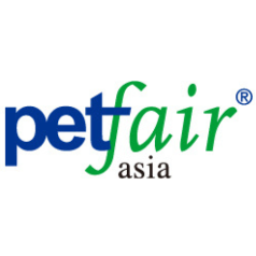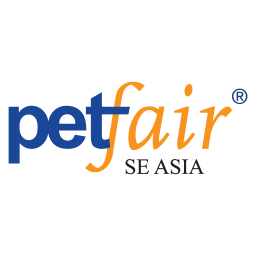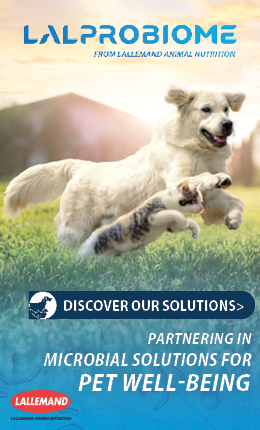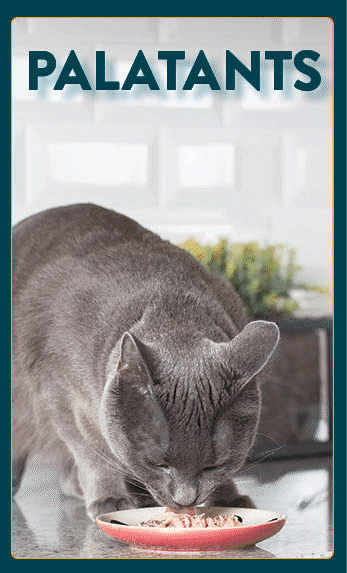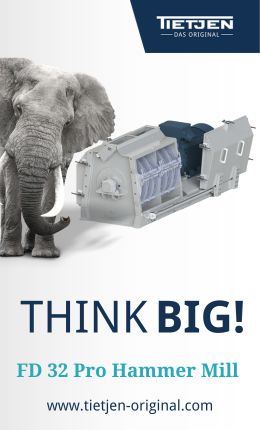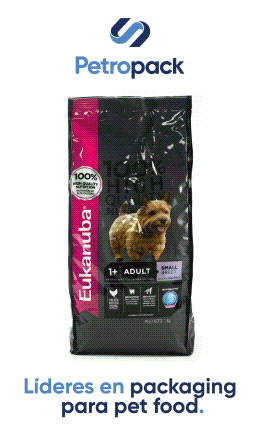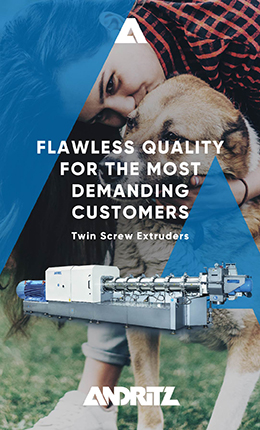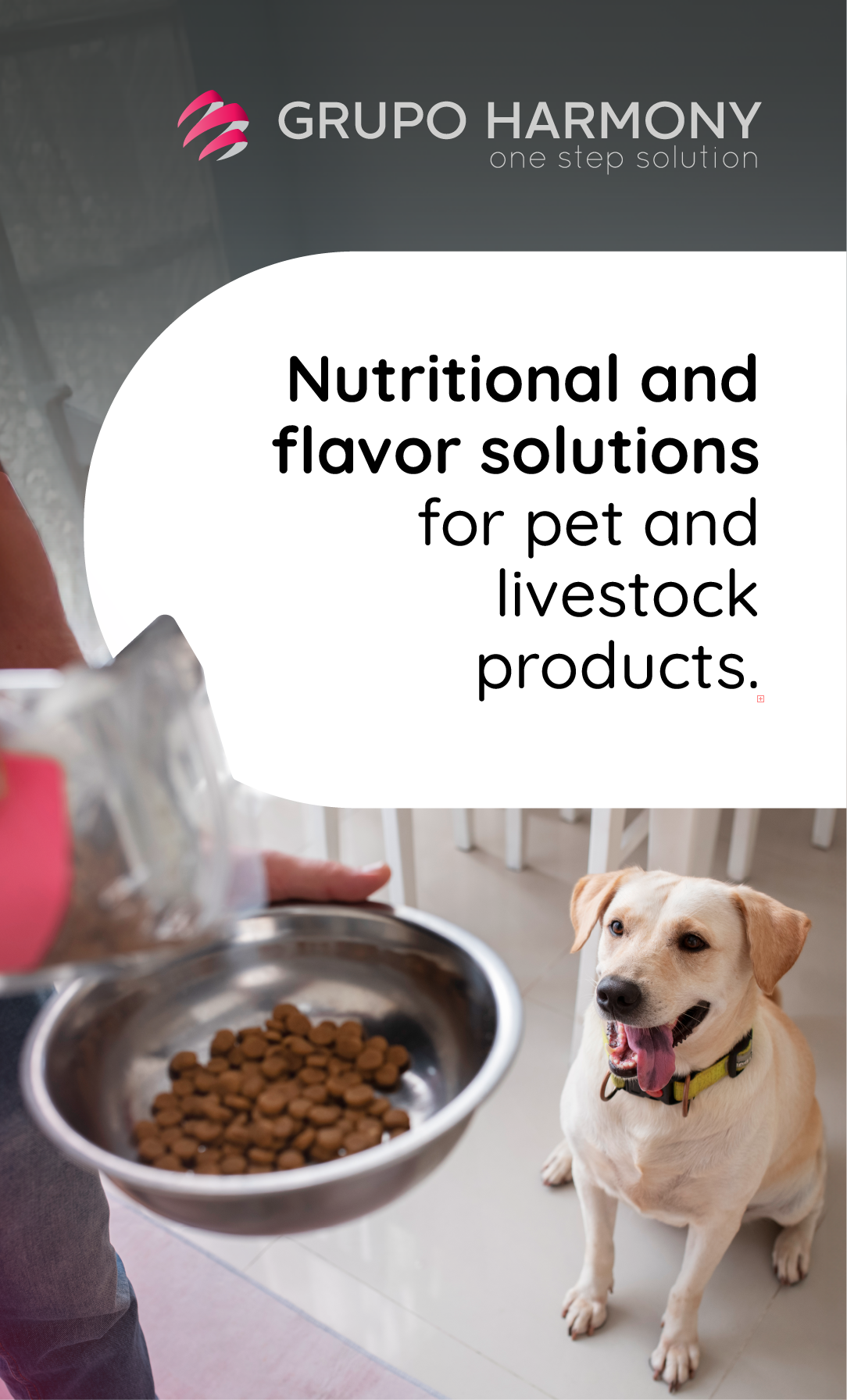With the emergence of new business models, such as personalized foods, subscription models, and online shopping, the old market players must look for a new way to organize themselves and keep growing. That is the case with retail stores, for instance.
Currently, the market share of traditional retail is expected to decrease, especially that of pet sector, and this is mainly due to the great competition presented by the availability of food in online hypermarkets and other mass channels.
But it's not all negative news! In this article, we do a small analysis and share 3 insights in which retailers can find great advantages to differentiate themselves in the pet food market.
The growing importance of the brand-retailer relationship
Historically, this type of seller (and not only those related to the pet food industry) fulfilled the role of quickly and closely providing certain products to consumers. The problem with this role is that today, it is much better served by what we know as online businesses. Furthermore, in the case of physical purchases, it is also usually more convenient to go to hypermarkets where we buy products from different areas and needs in the same place. Now, there is a fundamental factor that is not present in large stores or online shopping: trust. Surely, we have all heard, at some point, or even had firsthand experience, of a 'reliable' seller that we keep choosing even when there are other, more comfortable options.
Trust in the retailer still exists. The challenge is to not only build it over time (something very hard nowadays, with the amount of local movement that exists) but with attention and, above all, knowledge of what is being sold. In this sense, brands that distribute their products to individual merchants can influence them exponentially as long as they know how to attend them in the sale.
3 key factors to grow and sustain as a retailer in the current pet food industry
We already know that humanization and premiumization trends are revolutionizing the industry. This is leading, mainly, to a growing interest in the function of food, which, evidently, generates an impact not only on the type of product consumed but also on the importance of how it is presented and sold.
In this sense, here we share 3 factors that can help retailers find their place in this new market:
Omnichannel opportunities
With the pandemic, traditional retailers were forced to adapt themselves or die to remain competitive in an environment that began to demand new forms of consumption and facilities, such as online shopping and collection points, contactless delivery, or even placing orders via daily use platforms such as WhatsApp. Independent pet stores must look for solutions to avoid losing customers to pure e-commerce and other larger establishments, and for this, the omnichannel strategy is a great opportunity. In addition to having physical and local space, expanding the service through other digital or consumer service strategies such as automatic replenishment, free shipping, and home delivery at convenient times can be attractive alternatives.
This approach to pet food sales is already allowing those brands that decide to work closely with their retail partners in the physical space to see an evolution in their relationships.
Education
We previously mentioned that trust is a deciding factor in why people choose their retailers, even when it is not the best fit for their habits and routines. Nowadays, we know that companies can help their favorite merchants build that trust. How? Ensuring they can effectively represent the brand.
One of the main elements of the brand-retailer-consumer relationship is making sure sellers understand what the products are about. This benefits all parties: the company (or its product lines) is represented by someone who knows its strengths, benefits, and advantages, the merchant creates the long-awaited trust with the consumer, and the consumer has his chosen person to make decisions about the pet's diet and well-being with the help of an expert.
Providing these types of sellers with easy access to marketing and educational material about a brand's star products is essential to facilitate their access to training so that they can sell not only more but also, especially, better products. Thus, the seller's advice is no longer based solely on feeling or sales but also has real foundations with verified information provided first-hand by the brands.
In this way, we can cover a very important sector of pet owners: those who are concerned and actively interested in knowing about the diet of their dog and cat children and seek to make decisions with the most accurate and scientific information possible.
Artificial intelligence
There is a lot of talk today about implementing Artificial Intelligence in businesses, but few pet retailers have included it in their businesses, and this is mainly due to a lack of knowledge about how it can help them:
Long-term cost savings
Initially, an AI tool may be more expensive to implement. However, over time, it can bring huge savings. Efficiency is a fundamental aspect of money management, and being able to face customer needs more quickly and effectively surely brings greater efficiency, both in human and financial resources. This can be seen with predictive tools for the possible necessary stock or the type of customer profile, for instance.
Content creation
One of the keys to retail businesses is creating your own community to exploit its ability to generate much more trust and closeness than large businesses and establishments. Having a presence on social networks is essential, but it is not always possible due to time, lack of resources, or knowledge. In this sense, AI is a fast and efficient solution for creating content, from creating ideas for posts on social networks to creating unique images with products for advertising campaigns or special offers. Today, an AI tool like CHAT GPT can make us a complete content calendar with specific texts and characteristics, and we will only have to make sure to give the special touch of our brand voice so that they sound authentic and really connect with our potential and customer community.
Conclusion
The retailing sector, contrary to popular belief, is not dead. There is no doubt that it must adapt to the new needs and consumption habits of pet owners. But, with perseverance and predisposition, participants will be able to carve out their own market niche if they are able to find the best way to enhance what has always differentiated them in the market: closeness and trust with consumers.
Source: All Pet Food Magazine
You could be interested: The 27th Edition of Pet Fair Asia Will Take Place From 20 to 24 August 2025 in Shanghai, Marking The Largest Event in its History
About author
María Candelaria CarbajoI’m a creative, interdisciplinary person, translator, and editor. I collaborate in producing and writing creative, high-impact projects to promote cultural exchange, transmit differential values, and connect with people/the audience. Likewise, I enjoy teamwork and joining forces, experiences, and knowledge to bring the world all the potential of those ideas that seek to impact people’s lives positively.
Market Information
07/08/2025
The American Pet Products Association (APPA) Releases 2025 Dog & Cat Report, Revealing a New Era of Pet Ownership
29/07/2025











